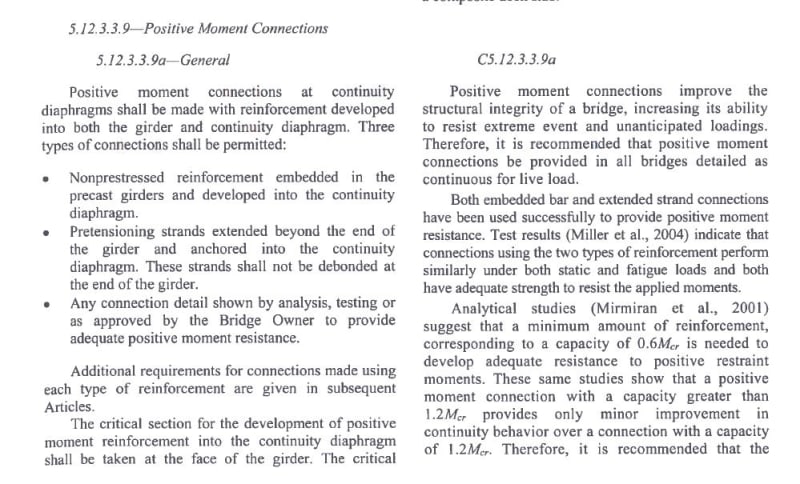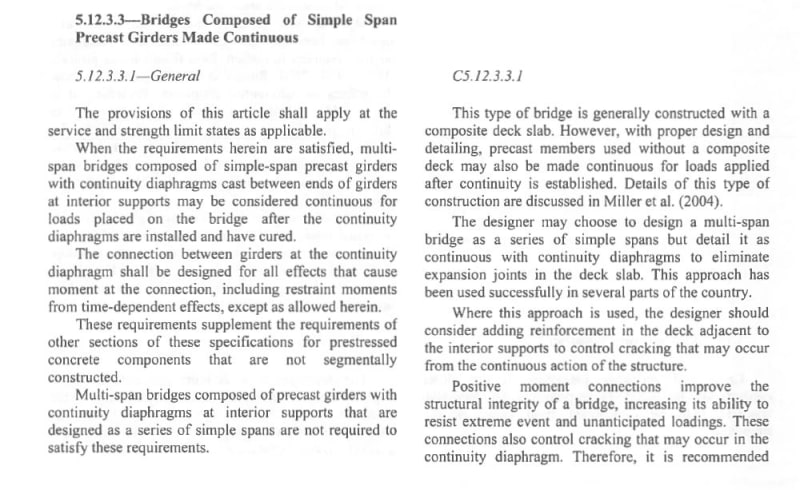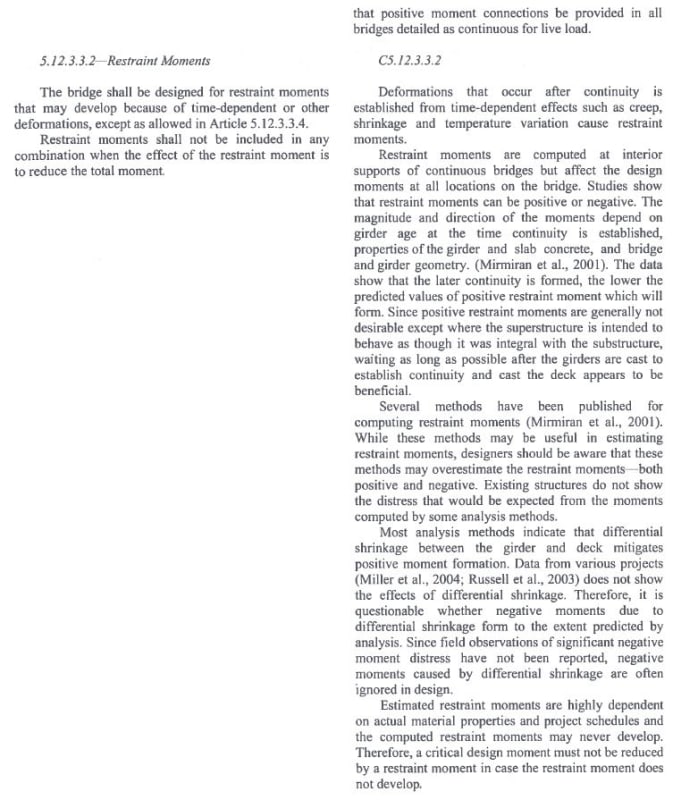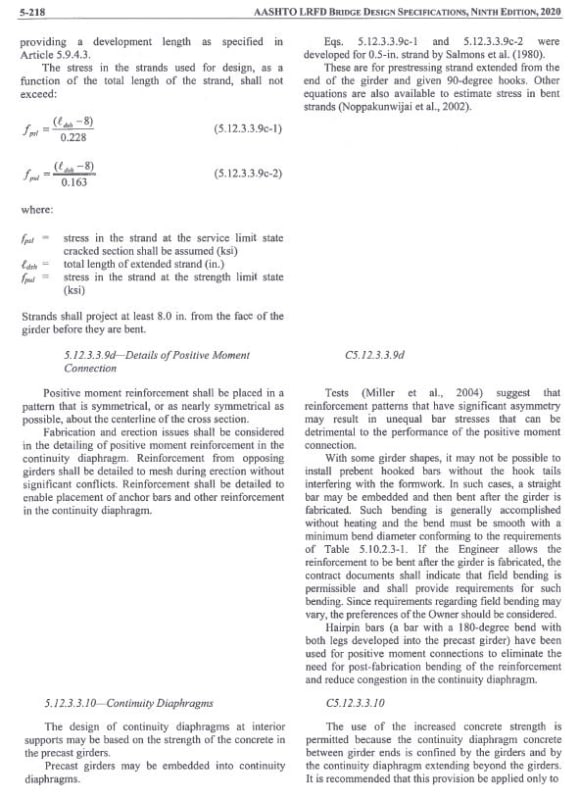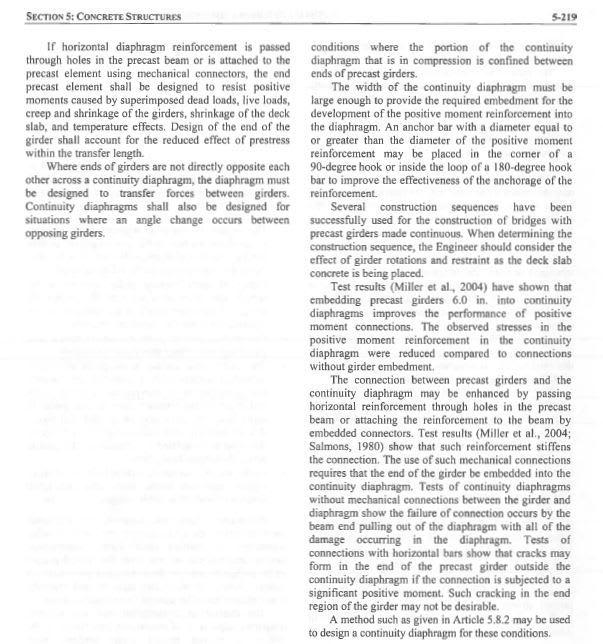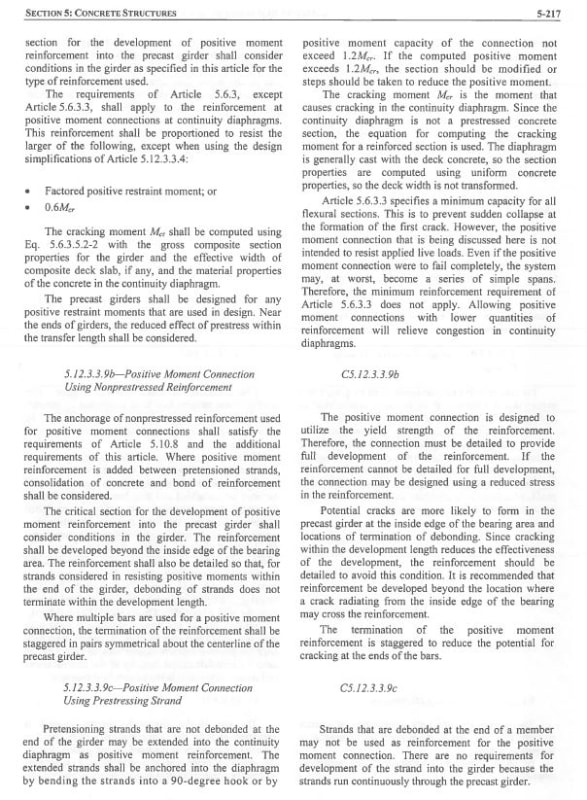I have a PS beam design where I am now designing the positive moment connection. The design calls for a significant amount of reinforcement at the pier diaphragm. The ends are going to be pretty congested. I could mix some hairpins with extending some of the prestressing steel but it's still a lot.
The other option is to specify the beams are at least 90 days before continuity is established to reduce the retraining moment from shrinkage.
How common is this? Any challenges to adding this requirement?
I know some DOTs have in their design standards that this is always the case, but this particular client (city but following DOT standards) doesn't indicate this nor do the discuss in the bridge standards.
Looking for any help or advice in dealing with this issue.
The other option is to specify the beams are at least 90 days before continuity is established to reduce the retraining moment from shrinkage.
How common is this? Any challenges to adding this requirement?
I know some DOTs have in their design standards that this is always the case, but this particular client (city but following DOT standards) doesn't indicate this nor do the discuss in the bridge standards.
Looking for any help or advice in dealing with this issue.

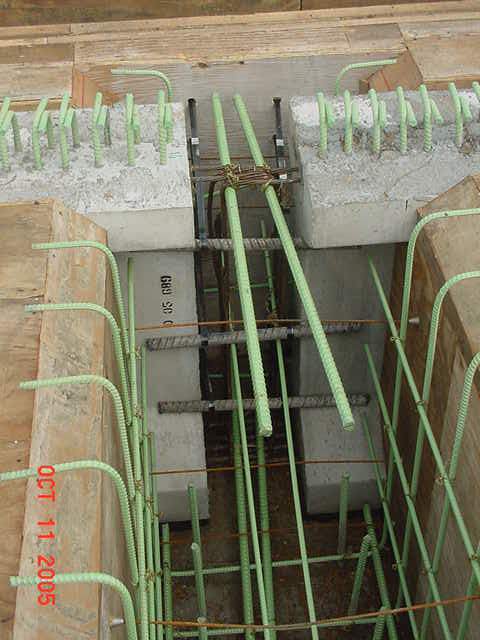

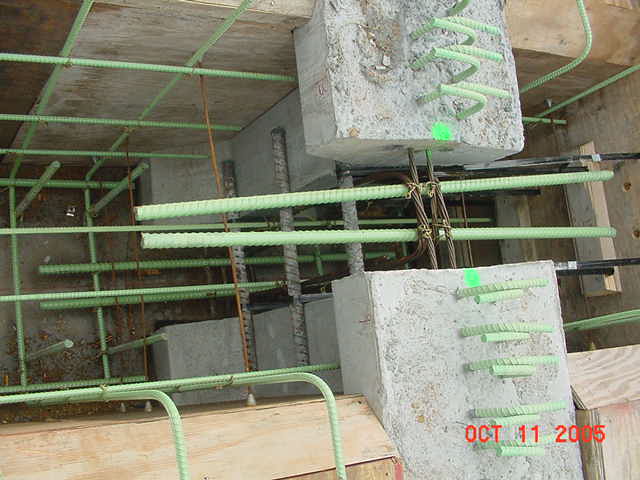
![[pipe] [pipe] [pipe]](/data/assets/smilies/pipe.gif)
